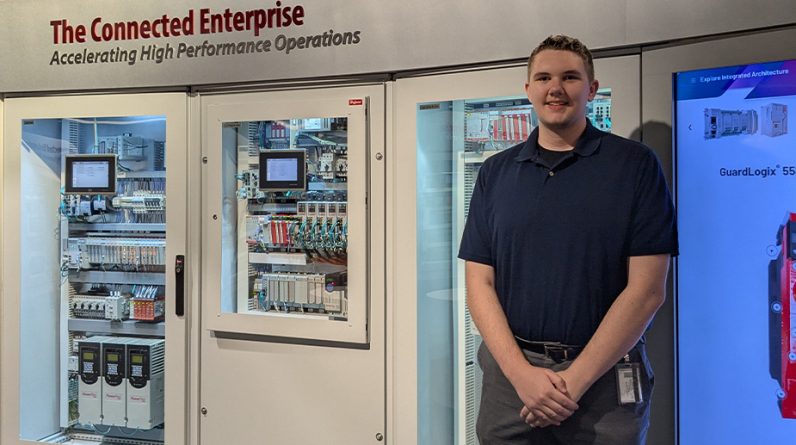
Author
Cliff Orme, DSG Chartered Accountants
Date published
May 28, 2024
Categories
Artificial intelligence (AI) is a term being used a lot lately, but it is important to understand that there isn’t really an intelligence part, more a complex algorithm that gives the perception of intelligence.
If we take something like ChatGPT (OpenAI – a text AI platform) and ask it a question, it doesn’t inherently “know” anything. The algorithm instead looks at the combination of words used in your question and produces a combination of words (formed into coherent sentences governed by language rules).
The combination of words it puts forward as an “answer” is simply the most common structure of words used in its extensive database in answer to similar questions. When signing up to a new AI software provider, it’s always worth checking what data you input will be used for training the AI, with GDPR compliance in mind.
Robotic Process Automation (RPA) is software technology that can be used to emulate human actions when dealing with other software. A good example of this is Microsoft’s Power Automate.
It is best deployed in scenarios where an Application Programming Interface (API) is not available.
We can take an example of completing a partially writeable pdf form, using information contained in a database. You can record your actions, using your mouse to navigate to the file, opening the file, copying a specific entry from the database, clicking into a specific text box in the pdf file and pasting. Once recorded, the RPA will be able to mimic these same actions.
As a small side note, this is one way in which Captcha tries to block RPA systems – those images with traffic lights are rarely in the same squares.
Automating Practice Management
So what could this look like when it comes to automating practice management?
Where might efficiencies be achieved?
Perhaps these questions are best answered by following the hypothetical journey of a new client from onboarding to compliance work in a highly automated practice.
The journey
Our clients journey might begin on the practice website, completing an embedded enquiry form created using MailChimp, MS Forms or Google Forms. The new form may include specific options for services that the client wants to engage, finishing with an invitation to link their bookkeeping software to an AI error checking / benchmarking tool such as Dext Precision.
An RPA tool such as Zapier or MS PowerAutomate may take the data and populate a quote in an engagement tool such as Go Proposal by Sage. The quote could be automatically tailored based on transaction volumes and book-keeping quality as determined by the error checking tool. The result: a near instant quote to the client, and standardised quoting across the practice.
The client would go through a standard acceptance procedure within the engagement tool, which includes generating an appropriate compliant engagement letter. On acceptance, a further RPA task could trigger to run due diligence checks in something like Veriphy and to generate a clearance letter to previous accountants (if applicable).
The final part of the onboarding journey could be another trigger on due diligence clearance to take the client information gathered so far and populate the practice management software – including setting up tasks like VAT quarters and year end compliance.
Practice management software
The practice management software itself can also benefit from AI, such as Pixie’s Co-Pilot tool. Our client may require documentation in support of a loan application, the Co-Pilot will not only organise and prioritise client emails but will draft a response and gather the relevant documentation as attachments, ready for review.
In the lead up to a client’s VAT return, quarterly, monthly reporting and/or year end, the practice management software will automatically send an information request to the client. Information returned by the client will automatically be filed and stored in the correct locations for the specific work.
For management accounts and/or annual financial statements, the practice may employ an AI embedded working papers and accounts preparation package such as Silverfin. Taking its data directly from a client’s book-keeping platform and utilising AI to map nominal codes, the software would build the clients working paper schedules as the financial year progresses, including identifying and posting prepayments and depreciation. Remaining tasks at the period end to complete the reports therefore kept to a minimum.
Finally, AI insight tools such as Silverfin Insights provide the accountant with advice to discuss with the client.
The future of AI and RDP
In summary, there are many AI and RDP tools already available to accountants. To get the best out of AI/RDP some firms are looking at the ‘best of breed’ model for software provision, it will be interesting to see what the single suite providers have on the horizon to keep pace.






